Here are the six things I learnt about hair growth from my time with a top trichologist - some of them might surprise you
These are the hair rules I'm living by
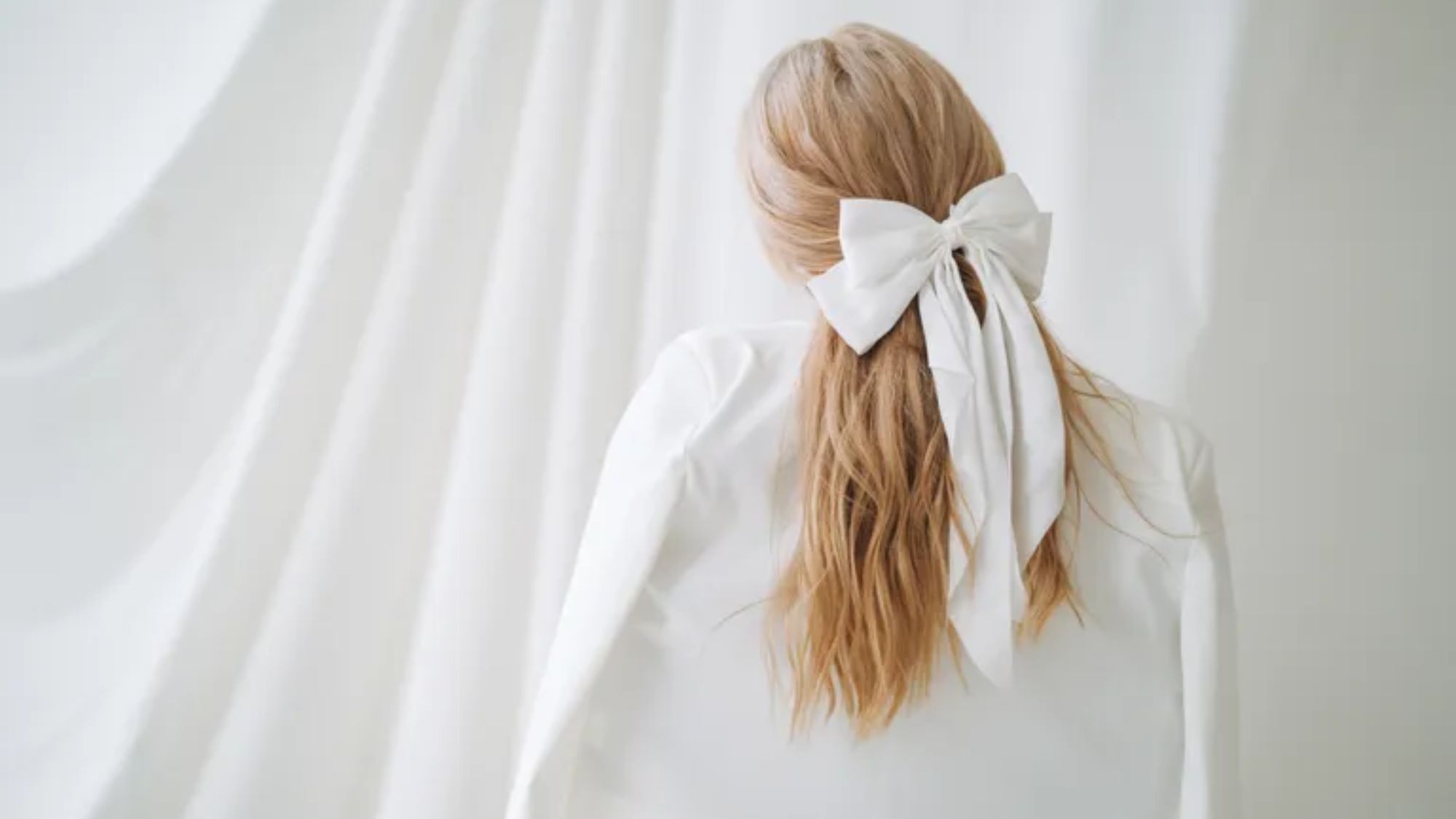
I've always had pretty long hair, which also means I've had to look after it quite well to maintain it.
Despite being in fairly good condition, I want to make sure my hair is as healthy and long as possible before I get married this spring. Should I have started earlier to give my hair the best chance? Yes, but we live and learn. I’ll take the months I can get because every little helps.
Luckily, this job allows me to meet some of the best in the business and that includes trichologist Anabel Kingsley. I had the chance to sit down with her at Philip Kingsley in London and discuss my hair, take a look at it under the microscope and get a treatment. I learnt so much from Anabel and the team that it would be remiss of me not to share it with you.
It's important to remember that everyone's hair journey is different and getting a proper diagnosis, if necessary, is important. Hair is a long game; your wishes aren't going to be fixed overnight, so stay consistent for at least 3-6 months before seeing any kind of results, and often it's longer than this—but it's often well worth it.
Now, let's get into it. Here are the six lessons I'm taking forward to give my hair the best chance of growth in these next few months and beyond.
6 lessons from a trichologist
1. Take supplements you’re actually lacking in
Working in this industry and generally being a somewhat cynical person (though in my eyes, that’s what makes a good journalist), I’ve always been dubious of supplements. Do we actually need them or are they just great marketing?
During my visit to Philip Kinglsey, I had a blood test to see if I was lacking in any nutrients. Despite having a healthy diet and taking vitamin D, I was actually low for hair growth in vitamin D, folate and iron. So these are the supplements I got sorted right away and I made sure to take them around mealtimes on Anabel’s orders.
Marie Claire Newsletter
Celebrity news, beauty, fashion advice, and fascinating features, delivered straight to your inbox!
My learning from this is that getting a private blood test done by a trichologist who understands what your levels need to be for hair health (which is often higher than general health) is well worth it if you're confused about supplements. It gave me a super clear list and understanding about what I need.
2. Treat your hair like cashmere
I have taken this advice seriously from Anabel and implemented this properly into my routine. It's the thing that has caused the quickest change in my hair.
The first thing I stopped doing was using harsh brushes or tugging at my hair unnecessarily. Now, I use a wide tooth both on dry hair and when wet in the shower when I'm brushing conditioner through. I was dubious at first because I previously used a number of different brushes, but miraculously, since following all of Anabel’s care steps, I haven’t had any knots that can’t be gently worked out with the comb.
I've never been one to aggressively dry my hair with a towel but I've been extra careful at not doing so.
Save tension with brushes for styling on special occasions. I now just roughly dry my hair on a low heat setting without a brush. I'm fortunate that my hair is easy to manage and a rough dry is absolutely fine for me to go about my work-from-home days.
I use my favourite Philip Kingsley Elasticiser weekly and try to use moisturising hair masks regularly, too.
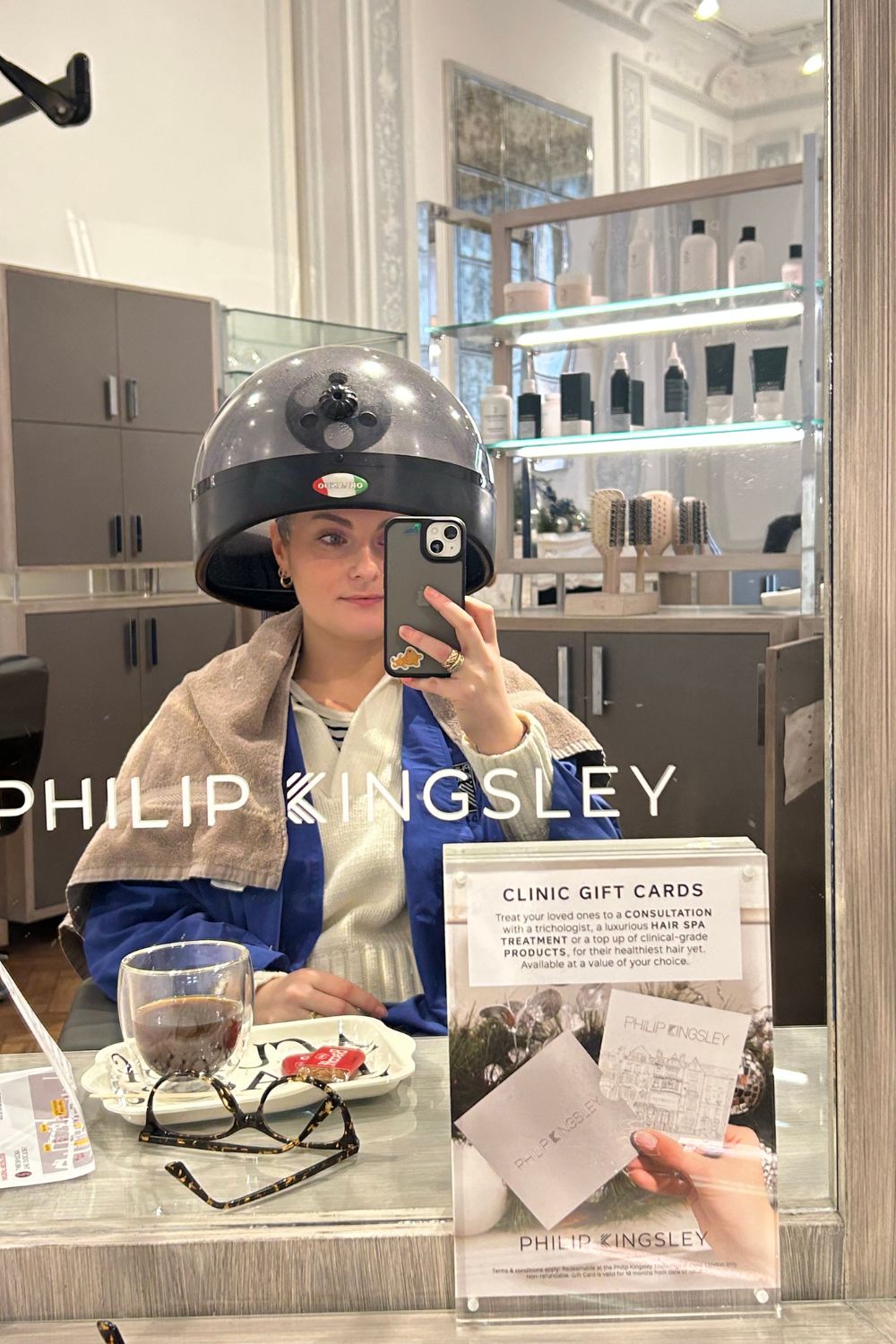
3. Wash your hair regularly
Something many of us believe to be true is that the longer we leave our hair between washes the better. This is a huge myth.
Regular washing means different things to different people, depending on hair type and conditions. For me, the sweet spot is every two days. This keeps my scalp free from grime and product build-up, which can cause inflammation and negatively impact hair growth. A clean scalp without build-up and blocked follicles creates the ideal environment for hair growth.
If you have a similar hair type to me, provided you’re following step two, washing your hair regularly shouldn't cause damage.
4. Think about cumulative damage
You don’t need another person telling you to stop using heat tools, you know that they damage your hair. But sometimes, it’s just too tempting. And for someone like me, where it’s my actual job to test and review these tools, it can be difficult to avoid them all of the time.
However, Anabel told me to think about the cumulative damage this heat styling has. I know think twice whenever I go to pick up my hair straighteners or hot brush.
Using heat tools every once in a while is fine for special occasions, however, doing so daily or weekly is going to have a cumulative effect on your hair and damage it in the long run.
5. Be careful of handbag hair
Something I’ve heard hairstyle Zoë Irwin talk about before that Anabel mentioned to me is 'handbag hair'.
This is where the snagging caused by wearing your bag strap on your shoulder causes damage to one side of your hair.
To combat this, on days I’m rushing around and throwing my bag on my shoulder repeatedly, I’ve been very loosely plaiting my hair out of the way. This means it’s out of the way when I’m out and about, but if I want my hair down and back in a nice style when I get to a meeting, I can just undo the plait.
Like many of these lessons, this alone isn't the one cause of your hair damage but it certainly can be a factor.
6. Tight buns especially when wet are a no-no
This isn’t something I do, but since it's on-trend right now, it’s a great reminder. Repeatedly wearing tight hairstyles like buns can cause traction hair loss from the friction of tugging. Since the tight (and very cute) slick ballet bun has been a celebrity favourite recently, many others have been following suit. There are numerous tutorials out there showing how to do a bun with wet hair.
For hair growth, this is one of the most damaging hairstyles you can wear. This is because the hair is at its most vulnerable when it’s wet, so this, combined with the stress of a tight bun, is a recipe for damage.
Tori is a freelance beauty journalist and contributor for Marie Claire. She has written for various titles, including Allure, Glamour, Elle, Refinery29, Brides, and more. Currently training to be a nail tech, Tori is a total nail enthusiast and always has time to talk all things nail art. When she’s not writing about beauty and testing products, Tori can be found walking her rescue dog Pip, drinking great coffee, and eating as many croissants as humanly possible.
-
 Ties are the unexpected cool-girl accessory to invest in this season
Ties are the unexpected cool-girl accessory to invest in this seasonSchool is in session
By Sofia Piza
-
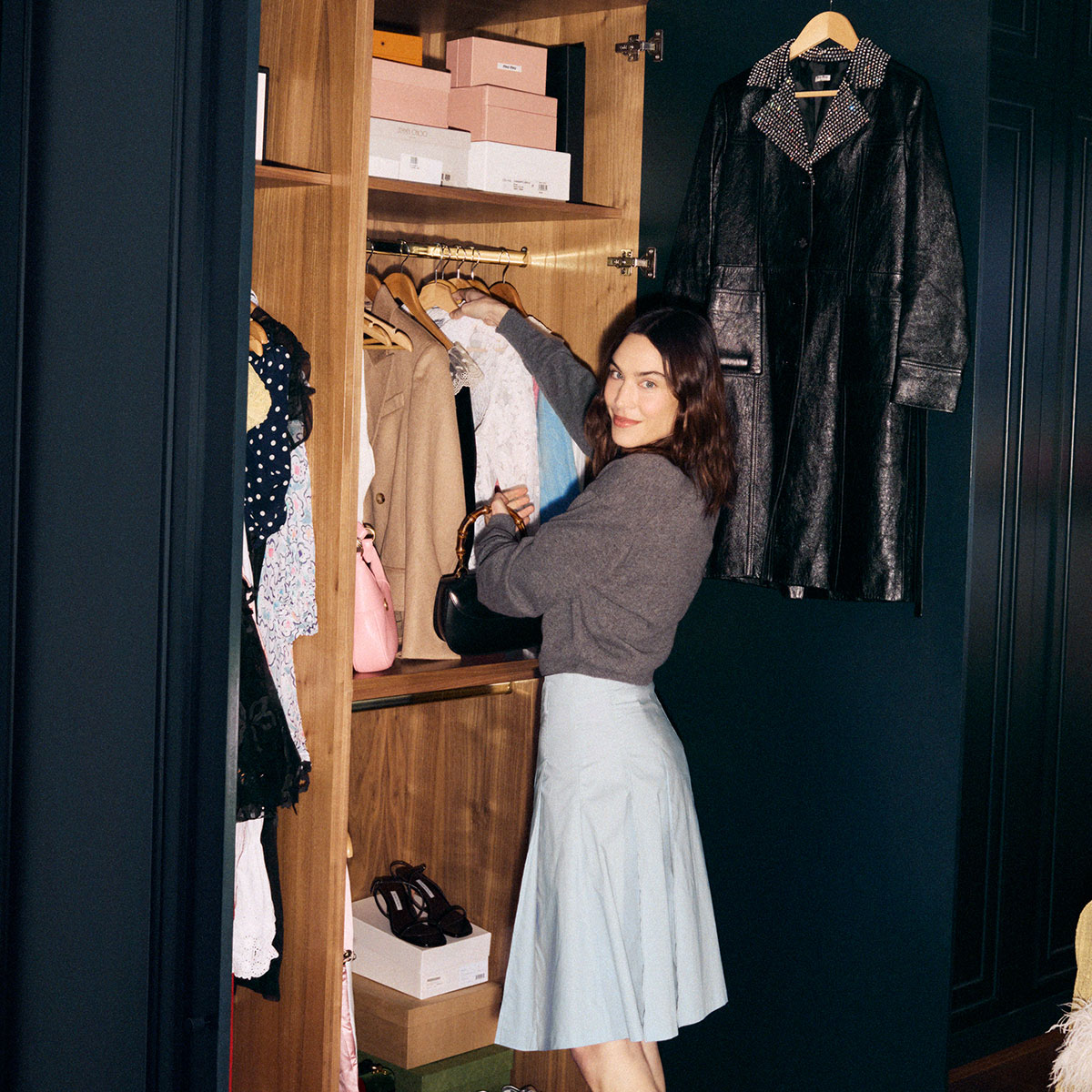 This is not a drill: you can now shop Alexa Chung's actual wardrobe on Vinted
This is not a drill: you can now shop Alexa Chung's actual wardrobe on VintedOwn a piece of sartorial history
By Penny Goldstone
-
 New Look’s spring collection has dropped—as a picky fashion editor, I’m seriously impressed
New Look’s spring collection has dropped—as a picky fashion editor, I’m seriously impressedSpring trends at affordable prices
By Jazzria Harris
-
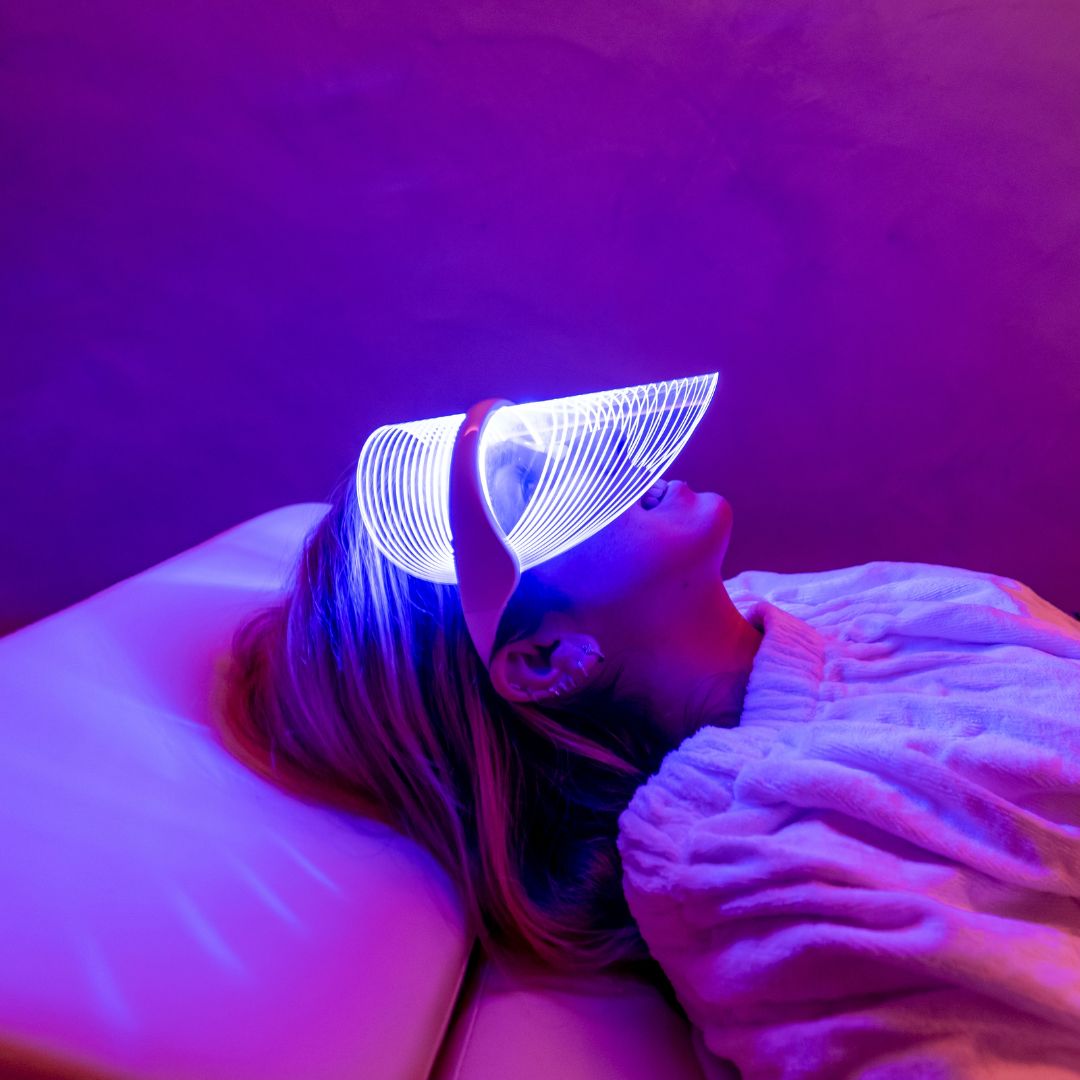 I've tried a lot of beauty tech in my time, and these are by far the best skincare devices for treating acne
I've tried a lot of beauty tech in my time, and these are by far the best skincare devices for treating acneBreakouts be gone
By Amelia Yeomans
-
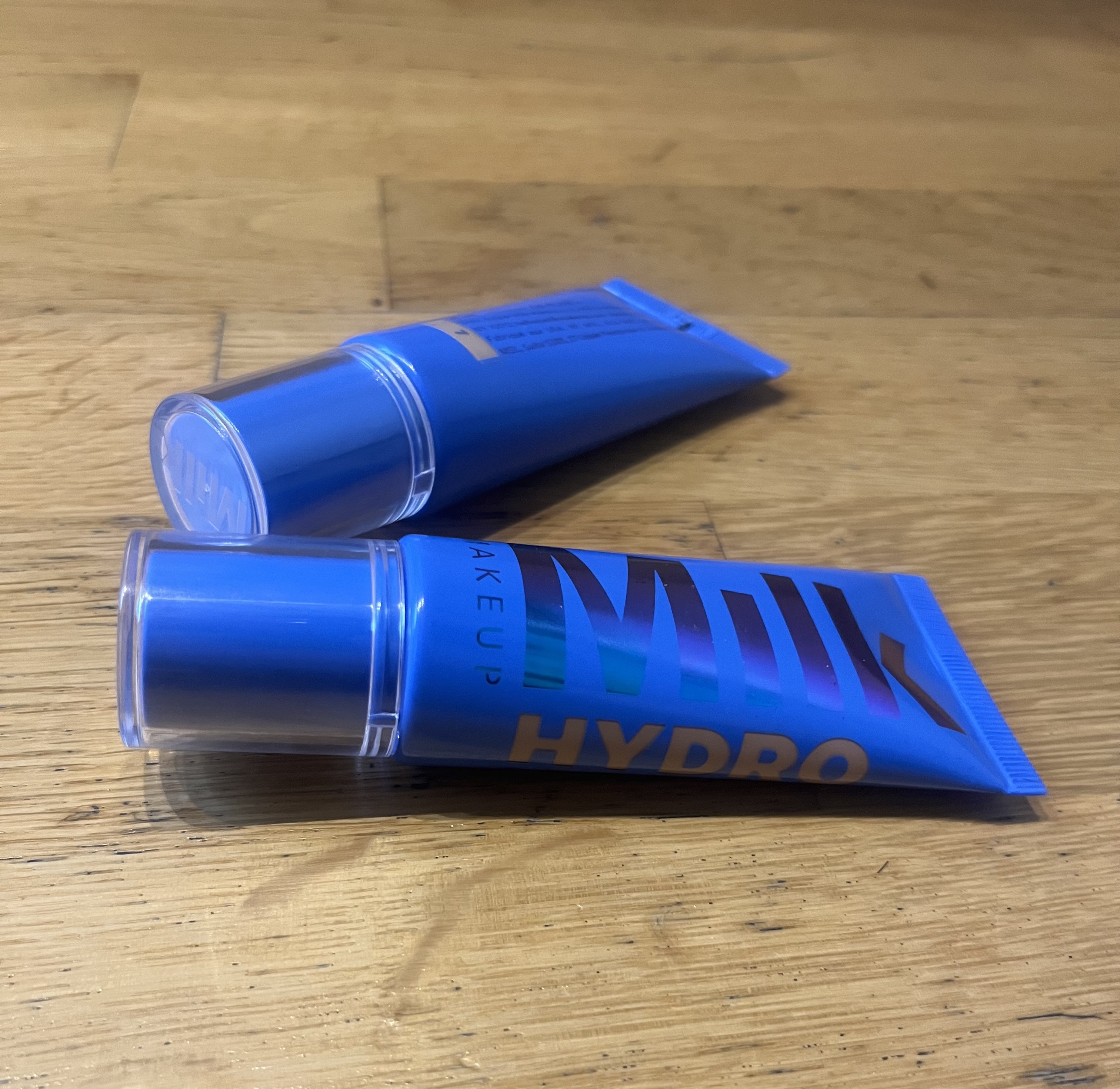 I broke my three-year no-foundation streak for this ‘gel tint’—it has the most unique, long-lasting formula
I broke my three-year no-foundation streak for this ‘gel tint’—it has the most unique, long-lasting formulaIt's now a make-up bag staple
By Nessa Humayun
-
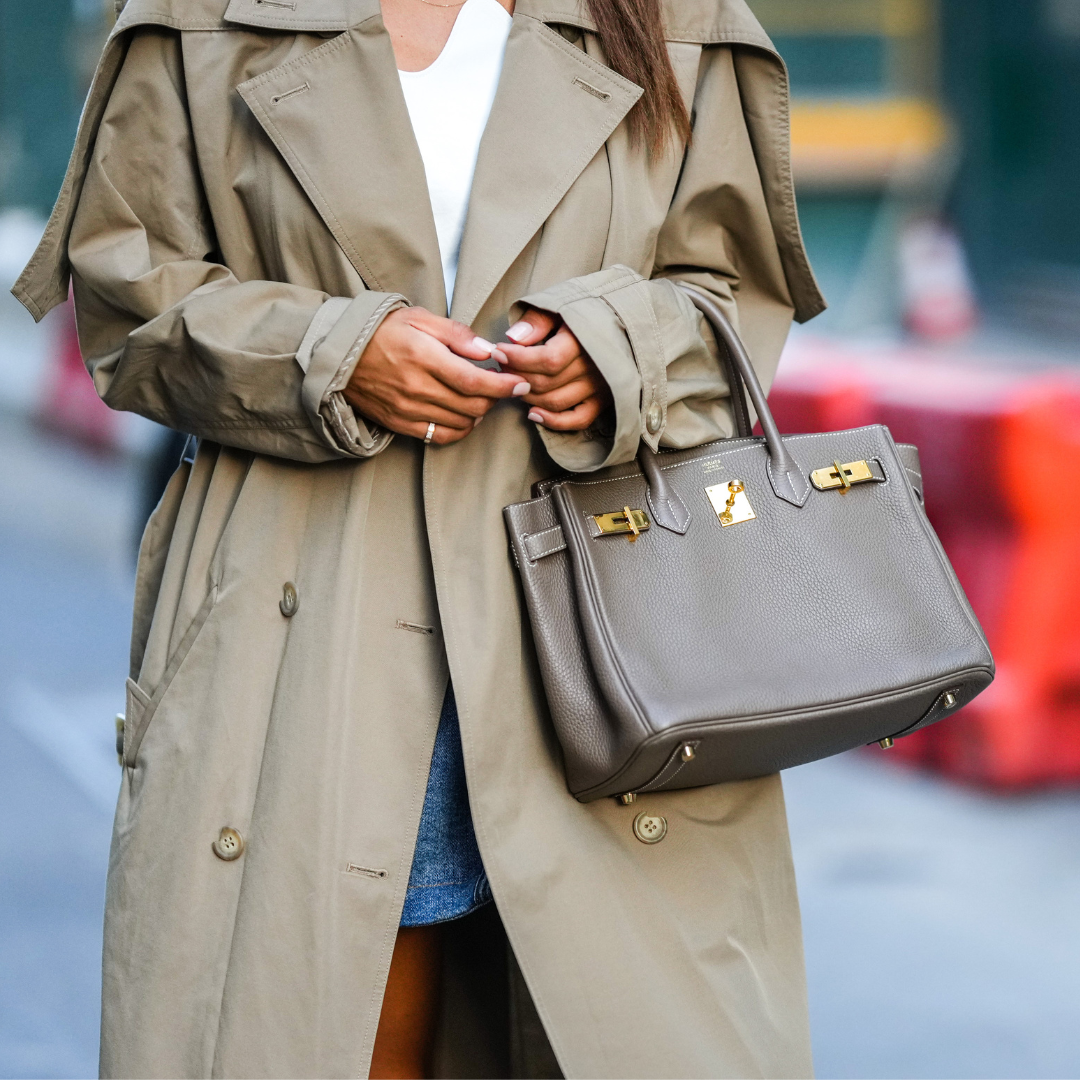 After years of gel manicures, my nails are dry, brittle and flaky—here’s what top techs advise for a total reset
After years of gel manicures, my nails are dry, brittle and flaky—here’s what top techs advise for a total resetA saviour after too many trips to the salon...
By Rebecca Fearn
-
 Sick of your skin looking dull? I wholeheartedly recommend these tanning face drops for an unrivalled glow
Sick of your skin looking dull? I wholeheartedly recommend these tanning face drops for an unrivalled glowHonestly, they revive me
By Rebecca Fearn
-
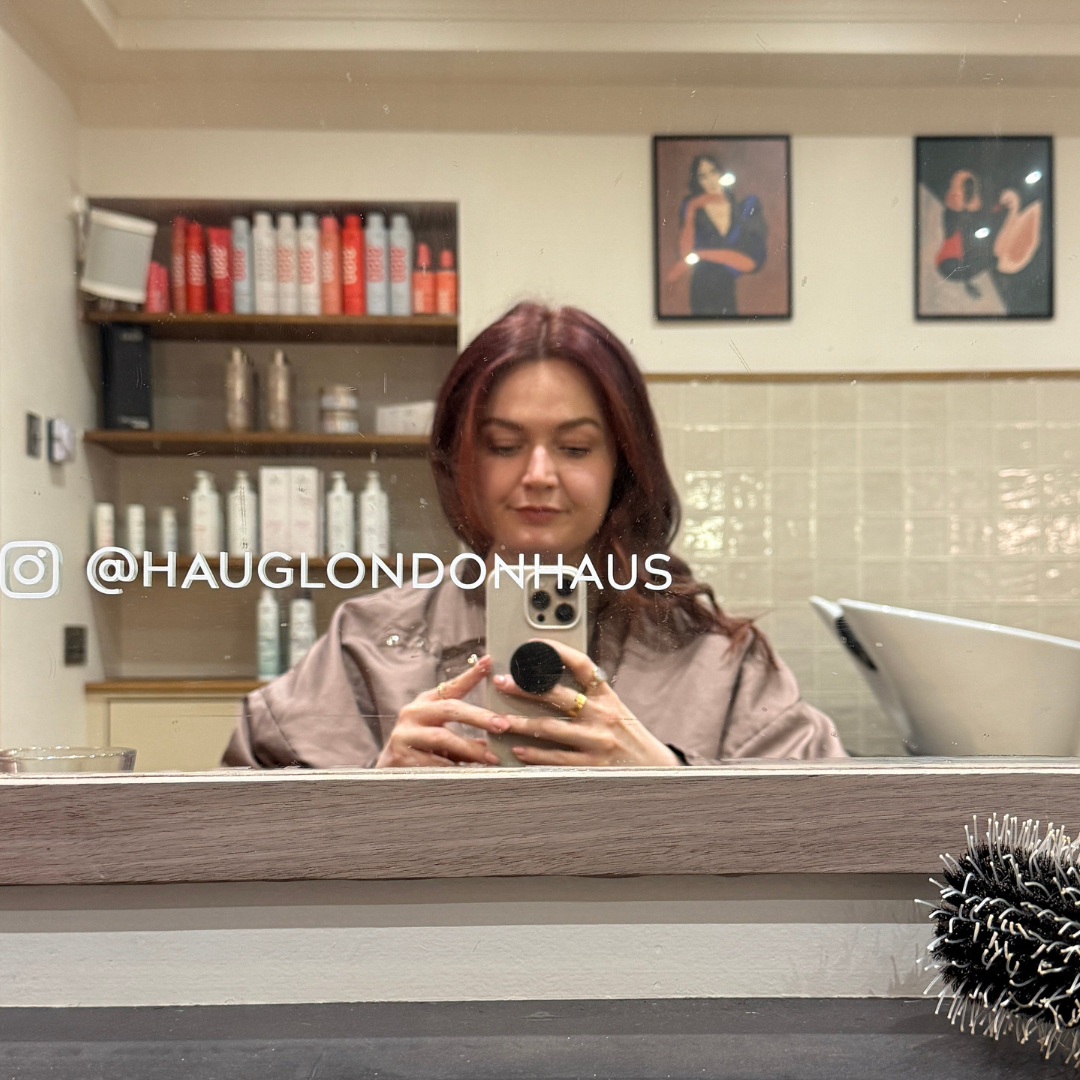 I test heat tools for a living, so I got a hair X-ray to assess the damage—safe to say, I was surprised by the results
I test heat tools for a living, so I got a hair X-ray to assess the damage—safe to say, I was surprised by the resultsI've learnt what really works...
By Lucy Abbersteen
-
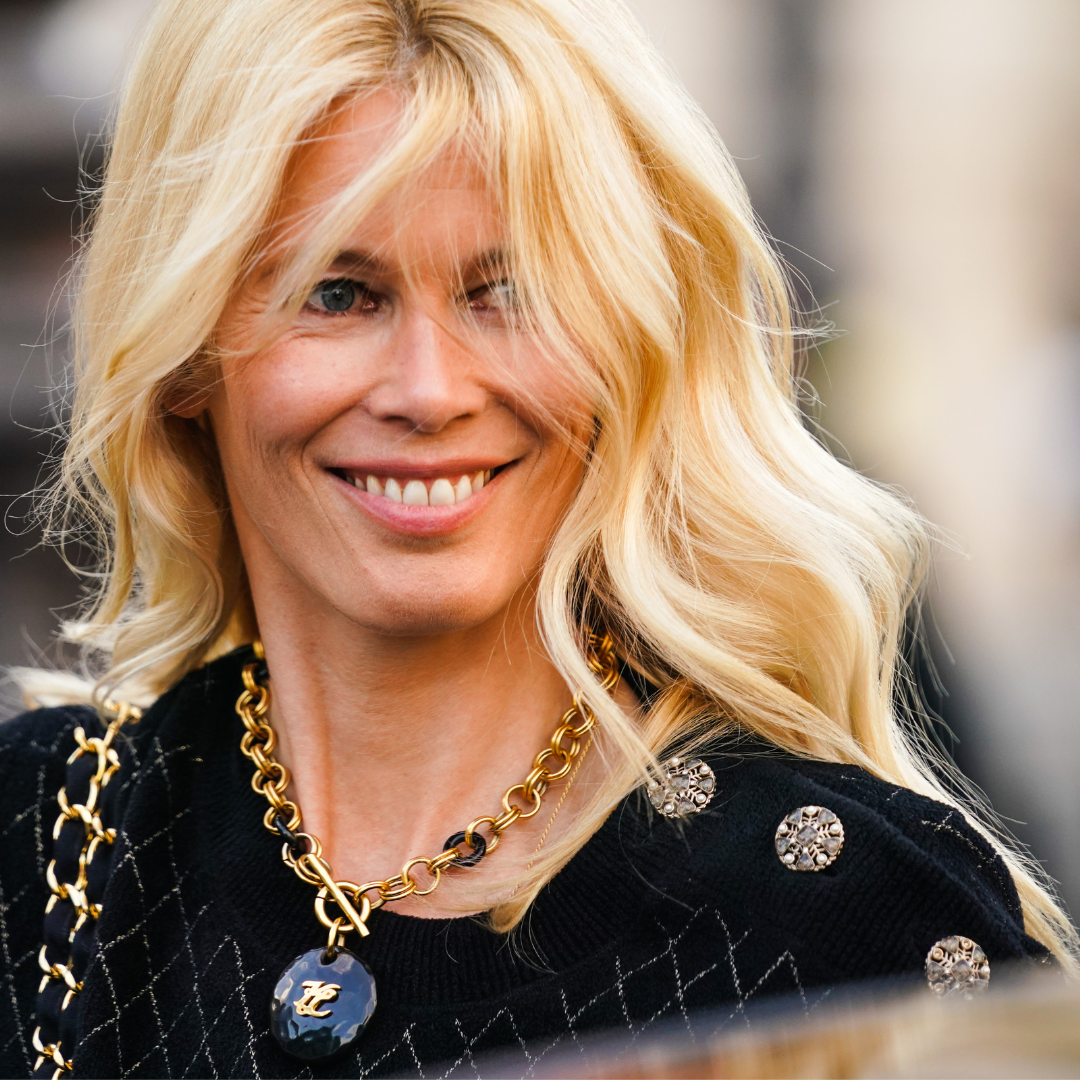 These top hair experts just revealed their 9 favourite hair colours for over-50s—they are the epitome of chic
These top hair experts just revealed their 9 favourite hair colours for over-50s—they are the epitome of chicThink rich coppers, creamy blondes and mocha mousse
By Rebecca Fearn
-
 It's my job to track emerging new hairstyles—I predict that the 'pullet' is Spring's biggest trend
It's my job to track emerging new hairstyles—I predict that the 'pullet' is Spring's biggest trendIt's giving 00's throwback
By Nessa Humayun
-
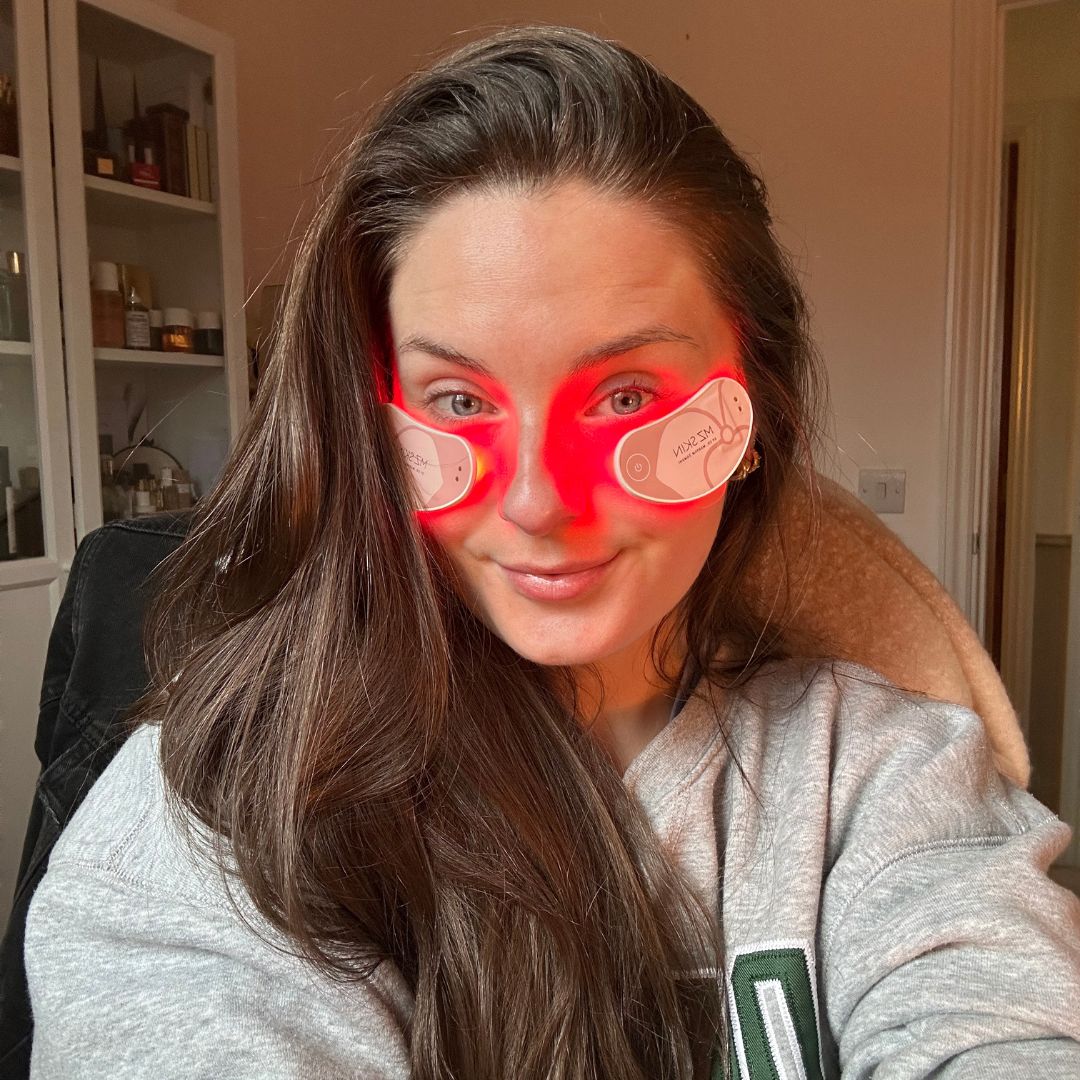 I was sceptical about LED eye patches—consider me converted as they make me look *so* well-rested
I was sceptical about LED eye patches—consider me converted as they make me look *so* well-restedThey've also helped my perioral dermatitis
By Tori Crowther